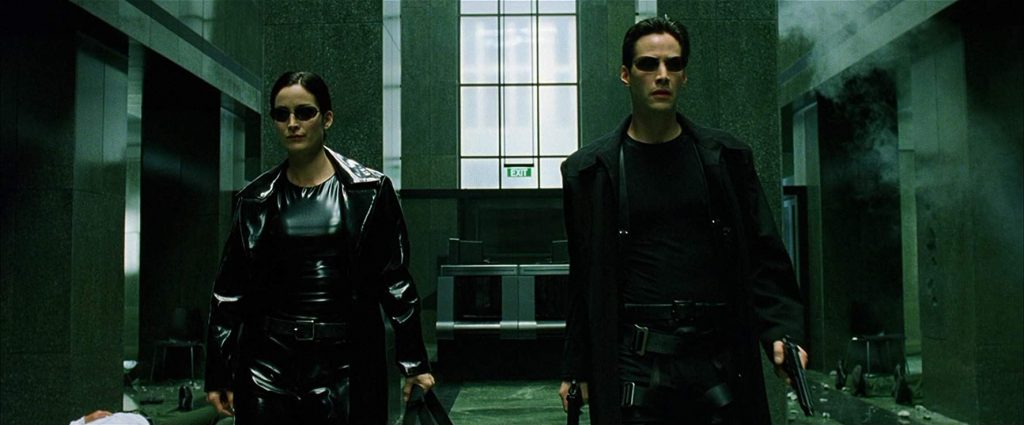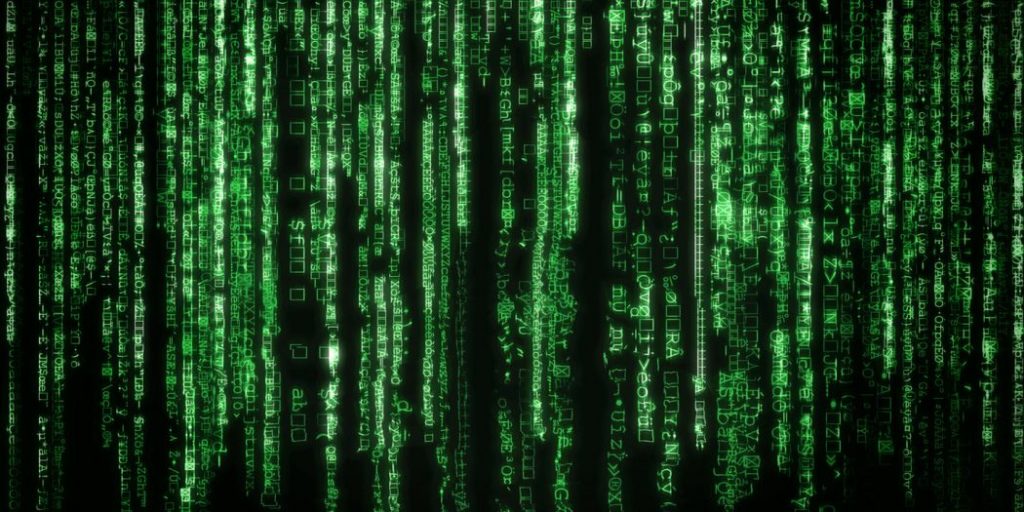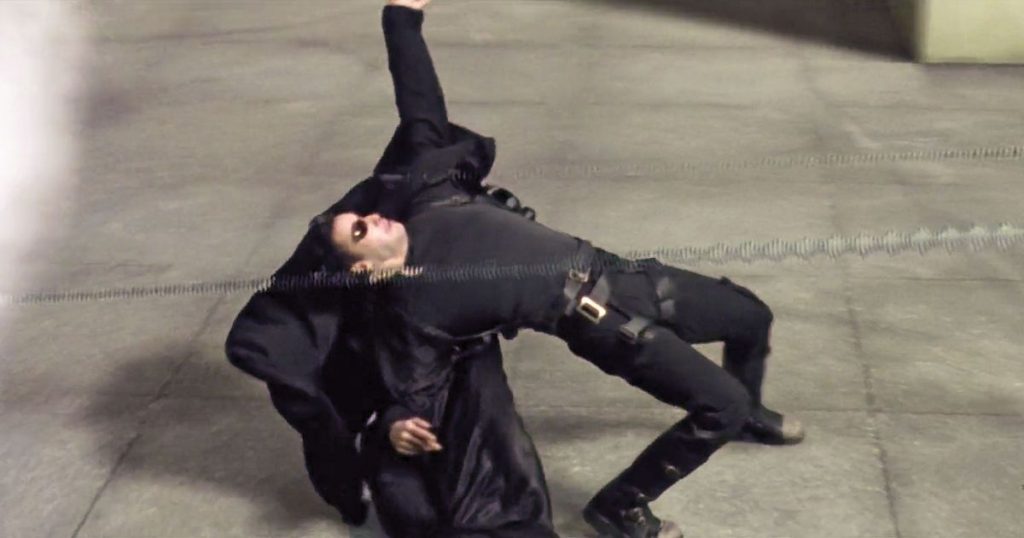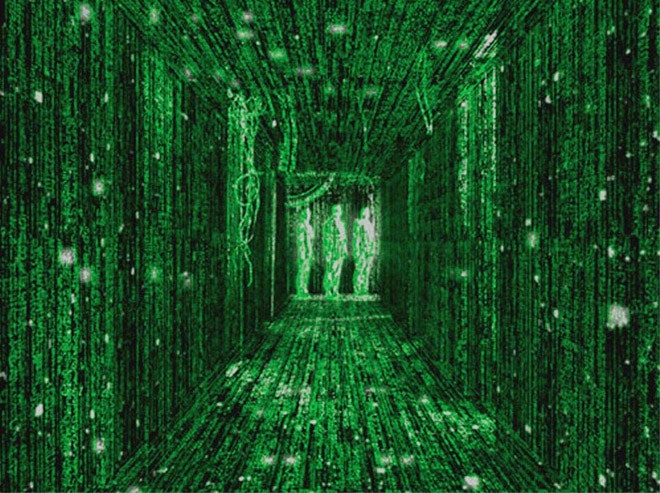I watched The Matrix again the other night, and I must admit I couldn’t watch the last scenes sitting down. It is as exciting and as moving no matter how many times we’ve seen it before. It raises so many philosophical and existential questions which we can apply to our understanding of the world. I find myself asking, what is real anyway?
So, how can I write a review on such a cult film? It would be meaningless. Instead, I wanted to show the archaic reason behind why the film might be so moving. Neo follows every step of the hero’s journey to become the hero we recognize from ancient mythology. The journey is very familiar as it is almost as old as humanity. Neo’s adventure, like all the mythologic heroes’, speaks to all of us, apparently since the olden times.
What is the “hero’s journey?” Joseph Campbell took his mythology books and retreated into his cabin for several years to write The Hero with a Thousand Faces. It was first published in 1949. It is a work of comparative mythology in which he analyzes the journey of the archetypal hero, coming up with seventeen stages that the hero takes along his journey.
I want to introduce these seventeen steps to you along with the scenes it corresponds to in Neo’s journey, hoping you’ll enjoy reading.
Departure: The departure is key in the hero’s journey. This could be either a symbolic or a literal departure, but the hero has to step into a new world in which he is new to the rules that apply.
1) The Call to Adventure: “The hero begins in a situation of normality from which some information is received that acts as a call to head off into the unknown.”
- Trinity tells Neo that the answer to his question, “What is the Matrix?” is looking for him, and that it will find him if he wanted it to. She calls him to the adventure.

2) Refusal of the Call: “Often when the call is given, the future hero first refuses to heed it. This may be from a sense of duty or obligation, fear, insecurity, a sense of inadequacy, or any of a range of reasons that work to hold the person in his current circumstances.”
- Neo gets a phone call from Morpheus, who gives him the instructions to escape the agents. Neo refuses – says, “I can’t do this.” He gives in to the agents instead.
3) Meeting the Mentor: “Once the hero has committed to the quest, consciously or unconsciously, his guide and magical helper appears or becomes known. More often than not, this supernatural mentor will present the hero with one or more talismans or artifacts that will aid him later in his quest. Meeting the person that can help them in their journey.”
- Obviously, this mentor is Morpheus, who has been looking for Neo his whole life.
4) Crossing the First Threshold: “This is the point where the hero actually crosses into the field of adventure, leaving the known limits of his world and venturing into an unknown and dangerous realm where the rules and limits are unknown.”
- The journey would have ended before it started if Neo took the blue pill, but instead he takes the red pill and crosses the first treshold!
5) Belly of the Whale: “The belly of the whale represents the final separation from the hero’s known world and self. By entering this stage, the person shows willingness to undergo a metamorphosis. When first entering the stage the hero may encounter a minor danger or setback.”
- Neo wakes up in the tank to see the “real” world. He meets Morpheus’ crew and learns what has really been going on. Him leaving his life in the Matrix is the final separation from his known world and self, as he will not be the same Neo when he returns.
Initiation: After the departure phase, comes the initiation. The hero leaves the known world to establish his true self.

6) The Road of Trials: “The road of trials is a series of tests that the hero must undergo to begin the transformation. Often the hero fails one or more of these tests, which often occur in threes. Eventually the hero will overcome these trials and move on to the next step.”
- This is the fun part; when Neo tries out his new skills in the simulation. He doesn’t yet believe in himself, so he cannot jump to the other building. But “this doesn’t mean anything, everybody falls the first time.”
7) The Meeting with the Goddess: “This is where the hero gains items given to him that will help him in the future.”
- The items are skills and information: Neo learns how to fight like a champion and Morpheus brings Neo to a simulation of Matrix to tell him about the agents. Neo learns about their weaknesses and that he indeed can dodge a bullet.
8) The Woman As Temptress: “In this step, the hero faces those temptations, often of a physical or pleasurable nature, that may lead him to abandon or stray from his quest, which does not necessarily have to be represented by a woman. Woman is a metaphor for the physical or material temptations of life, since the hero-knight was often tempted by lust from his spiritual journey.”
- This corresponds to the scene in which the Oracle tells Neo that he is not the one. Her words could have led him to abandon his quest, but she actually said whatever he needed to hear.

9) Atonement with the Father/Abyss: “In this step the hero must confront and be initiated by whatever holds the ultimate power in his life. In many myths and stories this is the father, or a father figure who has life and death power. This is the center point of the journey. All the previous steps have been moving into this place, all that follow will move out from it. Although this step is most frequently symbolized by an encounter with a male entity, it does not have to be a male; just someone or thing with incredible power.”
- Remember the deja-vu scene, which is explained as a glitch in the Matrix that happens when the code is changed. They are locked in the building. Neo encounters with the incredible power that his enemies hold, that they can change anything and everything in a second.
10) Apotheosis: “This is the point of realization in which a greater understanding is achieved. Armed with this new knowledge and perception, the hero is resolved and ready for the more difficult part of the adventure.”
- This is the “aha” moment: Neo remembers what the Oracle said, and that he has to go into the Matrix to rescue Morpheus.
11) The Ultimate Boon: “The ultimate boon is the achievement of the goal of the quest. It is what the hero went on the journey to get. All the previous steps serve to prepare and purify the hero for this step, since in many myths the boon is something transcendent like the elixir of life itself, or a plant that supplies immortality, or the holy grail.”
- This must be when Neo dodges the bullets and rescues Morpheus, as it shows he is the one. Morpheus states: “There is a difference between knowing the path and walking the path.”
Return: After establishing his true self, the hero must return home.
12) Refusal of the Return: “Having found bliss and enlightenment in the other world, the hero may not want to return to the ordinary world to bestow the boon onto his fellow man.”
- Neo doesn’t refuse to go back, but the phone is broken after Morpheus and Trinity passes. So he cannot return with them.

13) The Magic Flight: “Sometimes the hero must escape with the boon, if it is something that the gods have been jealously guarding. It can be just as adventurous and dangerous returning from the journey as it was to go on it.”
- This refers to the fight scene in the subway station. It occurs literally as a “magic flight”: Neo breaks the law of gravity to defeat the agent.
14) Rescue from Without: “Just as the hero may need guides and assistants to set out on the quest, often he must have powerful guides and rescuers to bring them back to everyday life, especially if the person has been wounded or weakened by the experience.”
- After the agents shoot Neo, he flatlines. The rescue comes from Trinity when expresses her love to bring him back to life.
15) The Crossing of the Return Threshold: “The trick in returning is to retain the wisdom gained on the quest, to integrate that wisdom into a human life, and then maybe figure out how to share the wisdom with the rest of the world.”
- After he is back in the Matrix, Neo expresses that he will invite the people to a world without rules and controls, or boundaries.
16) Master of Two Worlds: “This step is usually represented by a transcendental hero like Jesus or Gautama Buddha. For a human hero, it may mean achieving a balance between the material and spiritual. The person has become comfortable and competent in both the inner and outer worlds.”
- Neo finally is the master of two worlds! He walks the Matrix streets like a boss with metal music at the background.

17) Freedom to Live: “In this step, mastery leads to freedom from the fear of death, which in turn is the freedom to live. This is sometimes referred to as living in the moment, neither anticipating the future nor regretting the past.”
- This corresponds to the final scene of the film, in which he flies like a bat as no rules apply to him anymore!
And that’s how Neo takes the seventeen steps of the hero’s journey. The Matrix is great. I promised myself to watch it once every five years or so. It satisfies the curious philosopher in me to see how other people grapple with the topics of existence and reality. Apparently other people enjoy it as much as I do, as we list The Matrix under cult movies.
The hero’s journey can be applied to many other popular stories; Star Wars and Lord of the Rings are the first ones to come to mind. I find it very interesting that the human mind responds to such journey for thousands of years. It touches on some archaic notions of the human experience and simply to be human. Isn’t it amazing?
